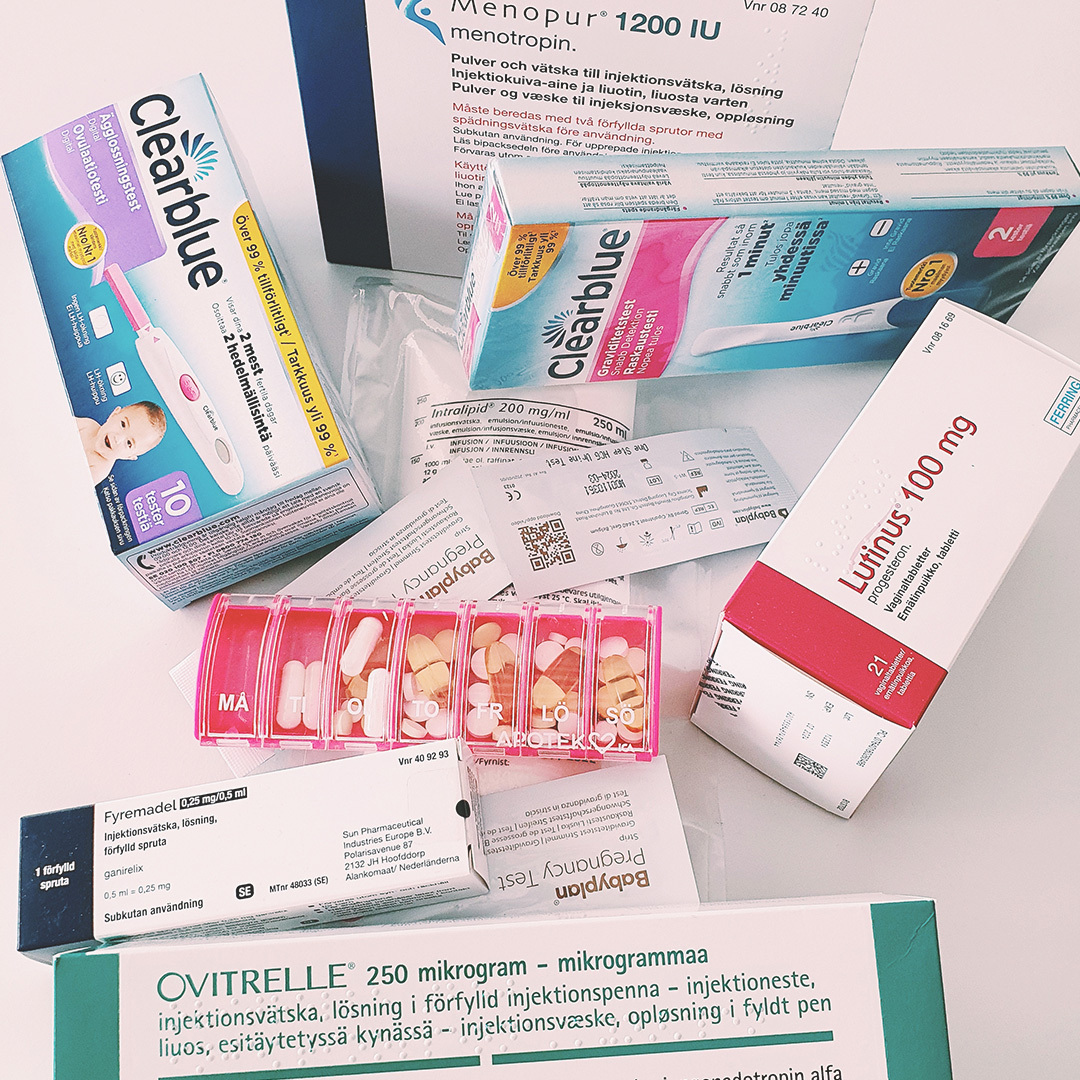Endometriosis

The European Society of Human Reproduction and Embryology (ESHRE) has recently released an updated guideline for the management of endometriosis. The guideline includes treatment recommendations and gives special attention to specific populations of women regarding age and clinical conditions, such as adolescence, menopause, pregnancy, and fertility. The text below is a synopsis of the ESHRE guidelines.
Endometriosis is a chronic inflammatory disease in which endometrium-like tissue grows outside of the uterus (ovaries, urine bladder, bowel, pelvic wall etc.), causing often intense pain and sometimes infertility. The condition is estimated to affect between 2%-10% of women overall, and 50% of infertile women. The condition can be debilitating and may affect many aspects of daily functioning. However, there is a broad medical knowledge about this condition, but the complexity of the disease often results in under-diagnosis and ineffective treatment. Moreover, there is up to date no way to effectively prevent endometriosis, as the disease itself is not fully understood.
Symptoms
The main symptoms of endometriosis include one or a combination of the following: severe abdominal pain, heavy menstrual bleeding, painful menstruation (dysmenorrhea), painful intercourse (deep dyspareunia), painful urination (dysuria), painful defecation (dyschezia), and painful rectal bleeding. Some less frequent symptoms also occur outside the uterus, such as shoulder tip pain, cyclical cough or chest pain, cyclical scar swelling and pain, and fatigue. Women with endometriosis also have increased risk of infertility, as well as cardiovascular disease. Some studies have suggested that endometriosis increases the risk of ovarian cancer, but the risk is still relatively low.
The symptoms related to endometriosis can have a negative impact on a woman’s quality of life, fertility, ability to work, and relationships. However, appropriate diagnosis can help alleviate the psychological impact of the condition by offering validation, legitimacy, and empowerment, as well as enable the treatment of the pain and infertility.
Diagnosis
Endometriosis sufferers wait on average 8-12 years to be accurately diagnosed. Extreme menstrual pain is a symptom that could be associated with the presence of endometriosis and is regularly ignored or dismissed by health-care workers. However, menstrual pain could be often present in cases of young women without endometriosis. The “gold standard” method for the diagnosis of endometriosis until the publication of the new ESHRE guidelines has been the finding of endometriosis implants during surgery, typically by minimal invasive surgery such as laparoscopy with tissue sampling from the suspected endometriosis lesions and thus confirmation of the diagnosis by microscopic exam (histo-pathology). However, laparoscopy may not always be needed and according to the new updated guidelines from ESHRE, it could be replaced by non-invasive imaging methods (ultrasound, magnetic resonance imaging-MRI) for the accurate diagnosis. Noteworthy, a negative imaging result does not necessarily rule out the presence of the condition. Gynecological vaginal examination is at times used for the diagnosis; however, the diagnostic accuracy of this examination is low.
When symptoms are present, a vaginal ultrasound followed up by empirical endometriosis treatment is recommended, unless the woman is trying to get pregnant. In that case, options should be discussed with the care provider.
Pain relief
Many sufferers rely on over-the-counter pain relief analgesics, such as paracetamol or NSAIDs (non-steroidal anti-inflammatory drugs), although their effectiveness has not been adequately proven. Oral contraceptives, vaginal contraceptive rings, contraceptive skin implants and intrauterine contraceptive devices or coils containing gestagen (synthetic progesterone), to induce lack of menstrual bleeding, can be effective in alleviating endometriosis associated pain. Gestagens can reduce endometriosis pain, but may have side effects, such as acne, weight gain, or growth of facial hair. Antidepressants, selective serotonin uptake inhibitors, and anticonvulsants have all shown promise in alleviating pain of endometriosis. Aromatase inhibitors may work alongside other medicines to reduce pain, although they are not available in some countries. GnRH agonists may also reduce pain but can cause side effects such as bone loss and bone mineral density (BMD) loss – issues of particular risk and attention for adolescents.
All these options should be discussed with the care provider to consider pros and cons and the patient’s circumstances.
Alternative therapies
Many women suffering from endometriosis use alternative approaches to alleviate symptoms, such as regular exercise, acupuncture, Chinese traditional medicine, yoga, breathing exercises, physiotherapy, massage, nutrition, electrotherapy, TENS. However, the effectiveness of these approaches has not been adequately studied.
Endometriosis-related infertility
In cases of endometriosis in which women are trying to conceive, hormone-suppression treatments should be avoided. Anti-inflammatory drugs in high dosages as for example some types of NSAID should be avoided since they may interfere with ovulation and implantation. Some of the most important worldwide endometriosis societies (World Endometriosis Society, World Endometriosis Research Foundation) endorsed for clinical use the Endometriosis Fertility Index (EFI) that better predicts clinical outcomes following surgery. The EFI rates endometriosis based on a combination of surgical observations and clinical history. During surgery, an evaluation of the Fallopian tubes and ovaries is performed on a scale of mild, moderate, severe or nonfunctional. After this surgical staging, historical factors (age, years of infertility and prior pregnancies) are added in the calculation of EFI. Altogether, an EFI score of zero represents the poorest prognosis, whereas 10 represents the best. Women with a high EFI score (9-10) may be advised to start with intrauterine insemination (IUI) with or without ovarian hormonal stimulation, if Fallopian tube’s patency is normal, whereas all other women may be directed toward in vitro fertilization (IVF)
A lot remains still unclear, and more research is needed about the connection between endometriosis and fertility. Although surgery usually improves pain symptoms, it does not necessarily increase fertility.
Long-term follow-up after a surgical treatment where all evident endometriosis lesions have been eliminated, is recommended since recurrence rates within five years ranges between 20% and 50% of the cases. Oral contraceptives are recommended for 18-24 months following surgery in order to alleviate menstrual-related issues – although this is not recommended for women trying to conceive.

Article by
Randa Akouri
MD, PhD, Associate Professor – Specialist in Obstetrics, Gynecology, Reproductive Medicine and Endocrinology
Other Articles

Samantha's Story
I knew from the start that it was hard to conceive a child of our own with my partner. As a child he... Read article

Male factor infertility
The definition of male factor infertility is when the cause of infertility within a couple is becaus... Read article
.jpg?alt=media&token=912e3772-6724-4c20-a29e-201478dda308)
Intrauterine Insemination
Intrauterine insemination (IUI), also called artificial insemination (AI), is a type of fertility tr... Read article

Jessica Olers's Story
Sometimes it doesn't turn out as planned. Ever since I was little, I have dreamed of a big family wi... Read article

Jessica’s Story
I have been pregnant three times. Or actually while writing this story, I am pregnant. But I don't f... Read article

Klara’s Story
Our infertility journey started two years ago. The process has not at all been what we expected and ... Read article
.jpg?alt=media&token=fc32a2e6-a127-4170-b5fb-b9338770ed1a)
The effects of Vitamin D on fertility
Vitamin D is a vitamin synthesized in the skin through sun exposure (UVB radiation). Moreover, vitam... Read article

Veronica’s Story
To make babies. Nowadays that phrase has a completely different meaning.In february 2019 we decided ... Read article

Tova’s Story
This is #mybumpystory - an emotional rollercoaster with repeated miscarriages and hopefully soon a b... Read article